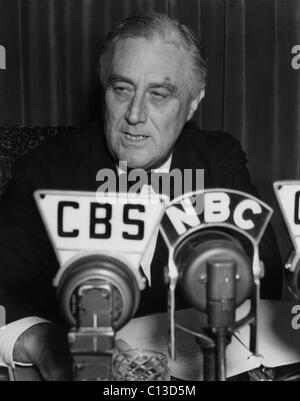

He repeated similar sentiments in every speech I listened to, even saying in 1961, “Any person in the United State who requires medical attention and cannot provide for himself should have it provided for him.” That year, he supported an alternative to Medicare called the Kerr-Mills Act that gave federal funds to states so they could help poor senior citizens pay for medical care, even writing to a longtime friend that “if the money isn’t enough I think we should put up more.” They represented forward thinking on our part.” I’m sure that most of us in spite of the cost wouldn’t buy many of these projects back at any price. I just about fell off my chair in the Reagan Library when I heard him say this in a 1958 speech: “In the last few decades we have indulged in a great program of social progress with many welfare programs. Nor, if the programs genuinely met a legitimate need, did he criticize them for costing too much. He did not, however, join other conservatives and say New Deal programs were unconstitutional or an improper thing for government to do. Reagan’s early conservative talks before he rose to national fame during Goldwater’s bid for the presidency in October 1964 argued that certain government social programs weren’t needed to meet “humanitarian aims.” He would criticize bureaucrats who bossed people around or programs that gave aid to people who didn’t need it. But Reagan always said “I didn’t leave the Democratic Party, the Democratic Party left me.” Taking that line seriously is the first step to getting Reagan right. Many assume that his political outlook changed so much as he moved to the right that he rejected FDR and the New Deal. His friends from that era say he memorized FDR’s “fireside chats” and incessantly prattled on about New Deal liberalism. The young Reagan was an ardent devotee of FDR and the Democratic Party. How can a man who backed Barry Goldwater, who said that “libertarianism is the heart of conservatism,” and who told America that “government is not the solution to the problem, it is the problem” be a New Deal conservative? The answer is that while all those statements are true, they exist in the context of a much more pro-government world view than Reaganism admits. Roosevelt’s New Deal consensus, not the anti-New Deal conservatism that forms Reaganism’s heart. Reagan’s conservatism actually fit squarely within Franklin D. More crucially, I learned that everything I thought I knew about Reagan was wrong-that Reaganism misrepresents Reagan’s own views. I learned that election returns show Americans don’t want what Reaganism’s high priests are preaching. I discovered this while researching my new book on Reagan’s life. But it’s simply not the sum of what Reagan believed. This canon has been repeated for so long that it seems self-evidently true to Republicans and movement conservatives. Proclaim and practice these truths and political success will be yours. Around the world, America should speak loudly, carry the biggest stick and never be afraid of using it. Social conservatism and unofficial endorsement of Christianity is essential to national well-being. Government and taxes are bad, private entrepreneurship and supply-side economics is good. This religion’s creed-let’s call it Reaganism-is simple. No wonder conservative talk radio icon Rush Limbaugh calls our 40th president “Ronaldus Magnus”: Ronald the Great. Party leaders endlessly quote him, and every GOP presidential nominee until Donald Trump ran on a platform they thought was barely changed from Reagan’s 1980 campaign. He is also a senior fellow at the Ethics and Public Policy Center.įor nearly 30 years, the Republican Party has increasingly resembled a religion, with Ronald Reagan as its deity. Henry Olsen is the author of The Working Class Republican: Ronald Reagan and the Return of Blue-Collar Conservatism (HarperCollins).


 0 kommentar(er)
0 kommentar(er)
